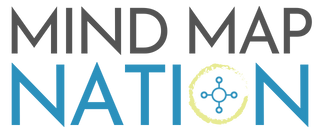Sufficient to Purpose: Knowing When’s Enough
“Is this sufficient to purpose?”
— Jamie Fox, former Technical Director, Niantic Labs
The early days of Niantic Labs (the makers of Pokemon Go) is my benchmark for a well-run startup. Much of that is thanks to Jamie, the technical director at the time. Jamie had a tight rein on the engineering team and kept them focused, disciplined and on track. He is also one of the wisest people I’ve worked with and had a knack for getting to the heart of complicated issues. One of his sayings that I use constantly is “sufficient to purpose”.
Let’s break this down in the context of launching a new product as it goes beyond just being efficient.
First, let’s invert the statement starting with the word ‘purpose’. It assumes that we know our purpose — otherwise what we do would be pointless. This doesn’t mean we’re 100% certain about the purpose. Every new product is really just a hypothesis unless it’s been tested, and our actions should be deliberately proving or disproving that hypothesis.
Second, the word “sufficient” assumes that our purpose is clear enough to know when we have done enough to satisfy it. If our purpose or hypothesis doesn’t have enough clarity then we could work on it indefinitely without knowing when to stop or when to ship the product.
Third, we should stop and launch the product once it’s sufficient to fulfill the purpose. It doesn’t need to be perfect to do the job. In fact, the pursuit of perfection delays getting out there and learning from the market, thus increasing the cost and risk of trying out our hypothesis.
